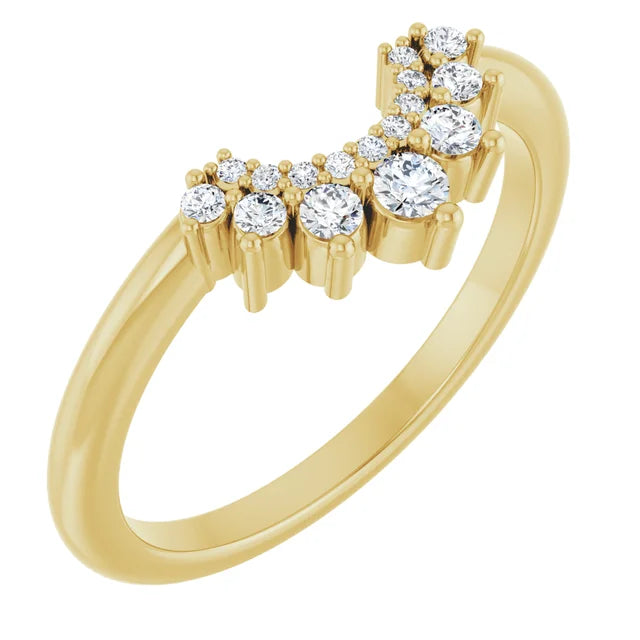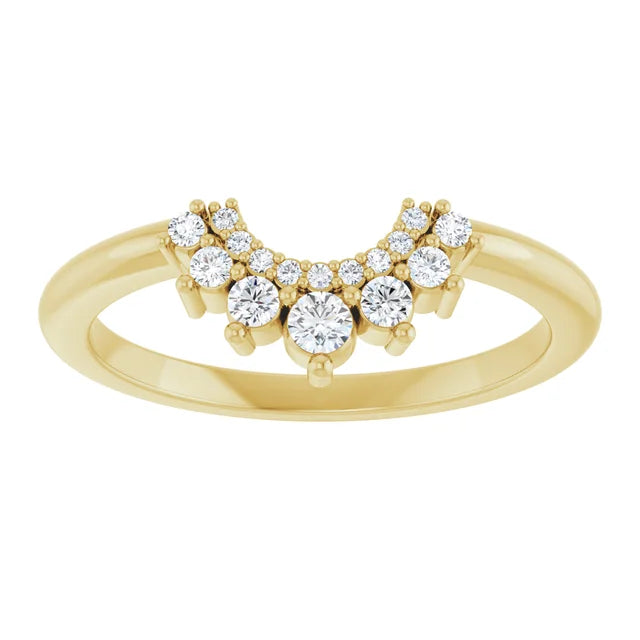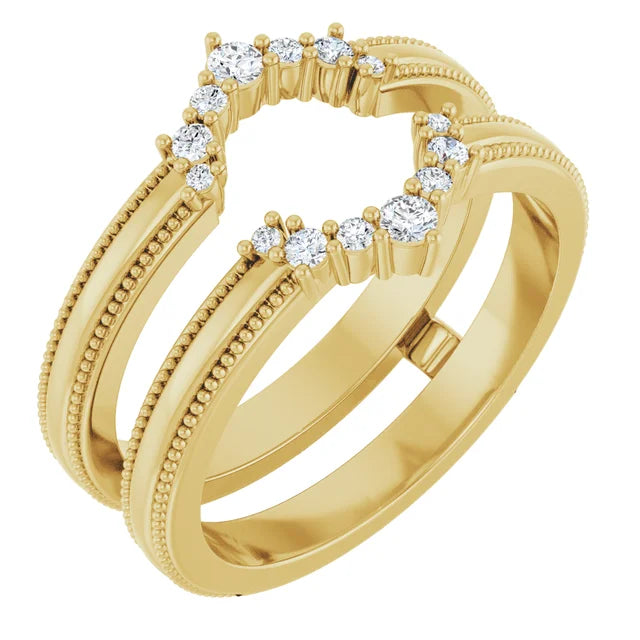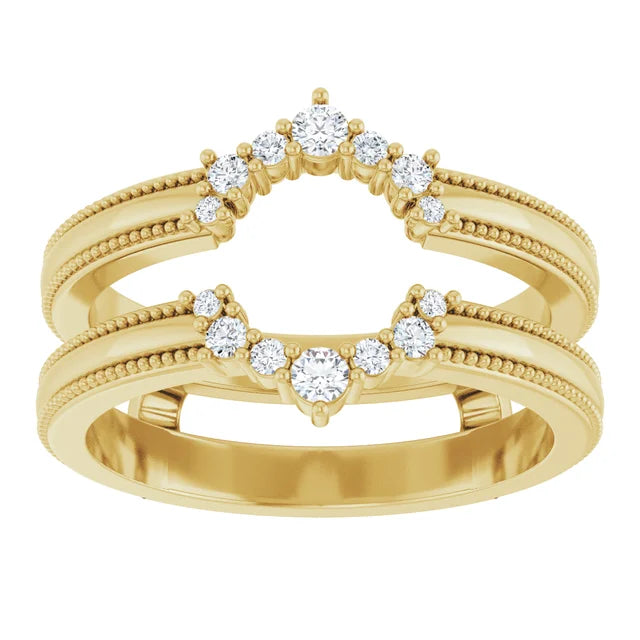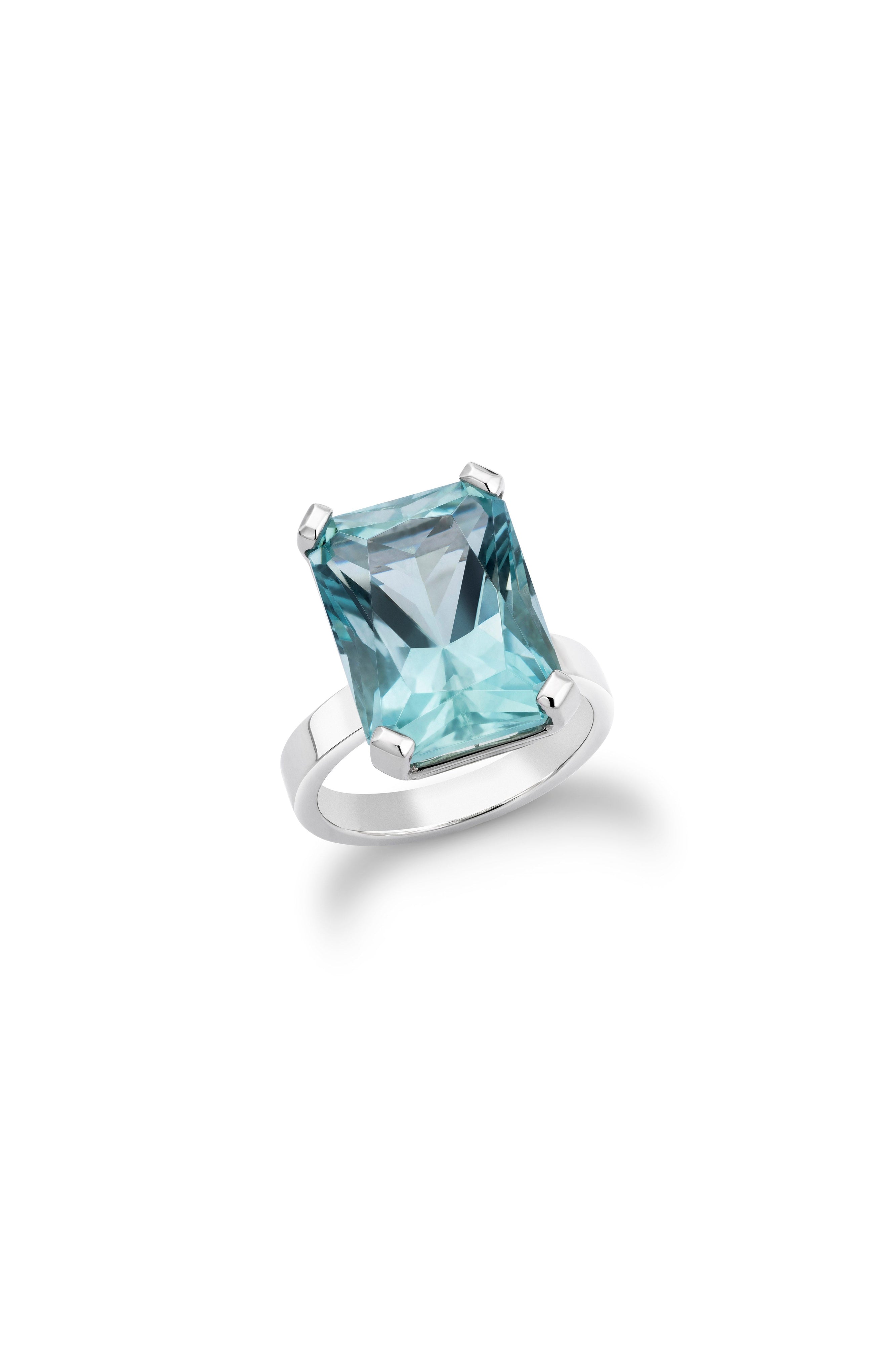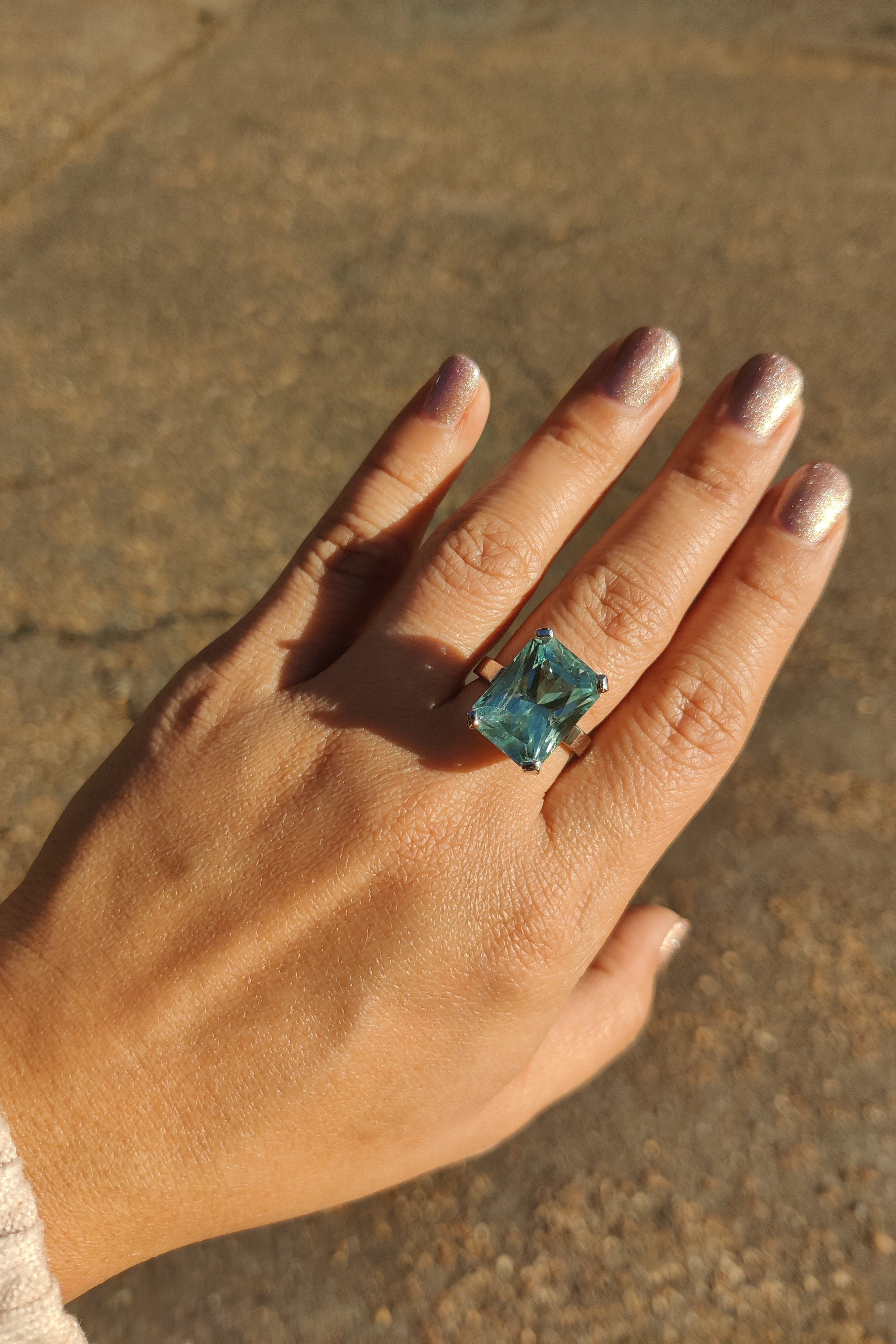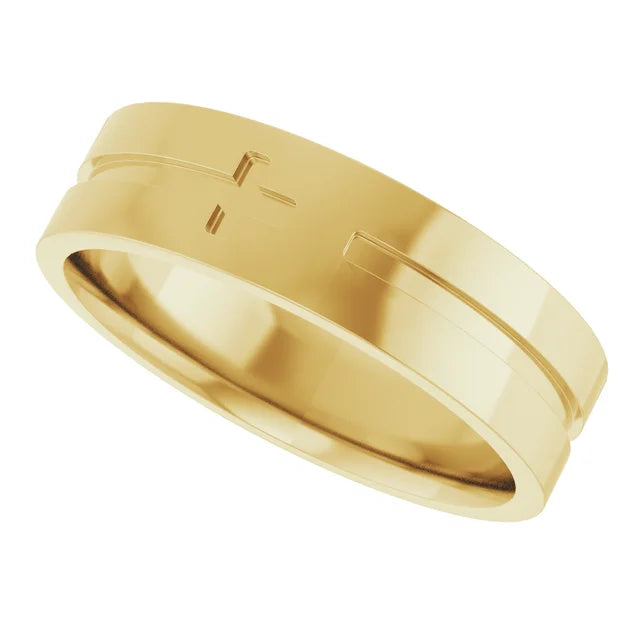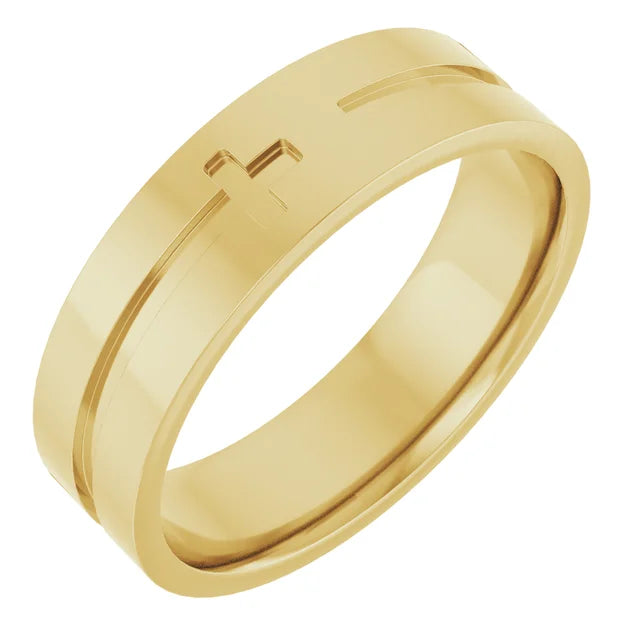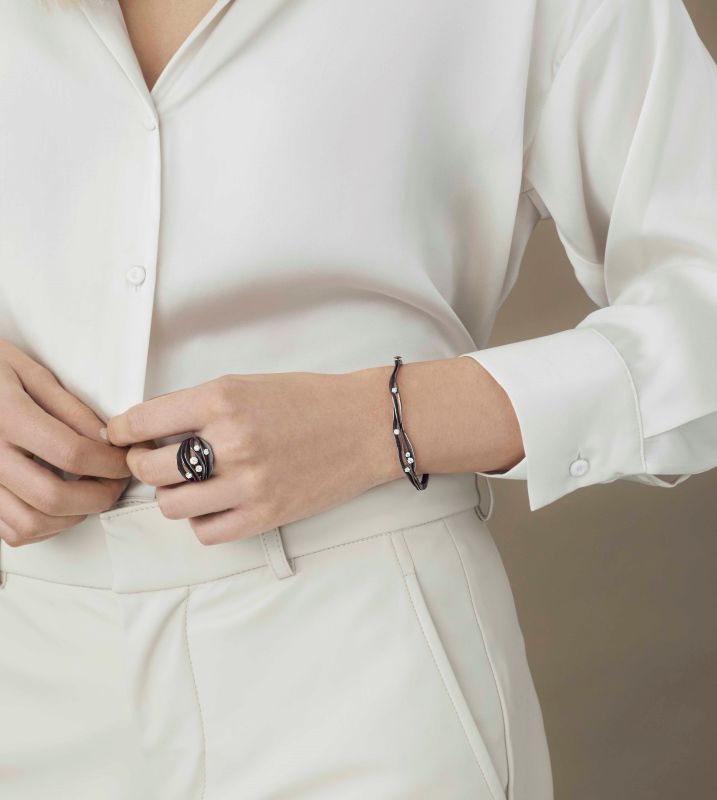Metal
Raw form of precious metals such as gold and silver are usually soft and for this reason they are mixed with harder metals, or ‘alloyed’ together to make them durable enough to be used in jewellery and for their tints and colour.
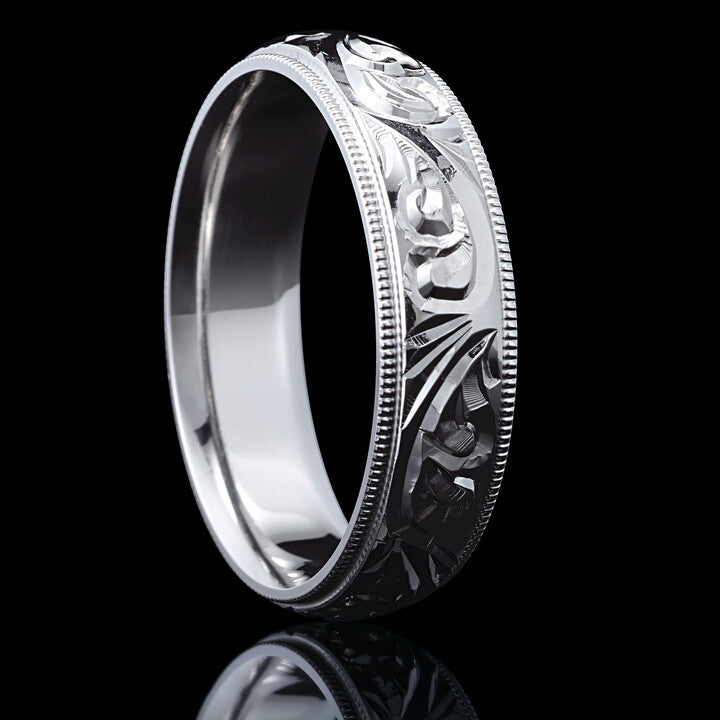
Gold Carat
Gold carat is used to mark the purity or gold content in an alloyed metal. Purity levels are measured in units of fineness per 1000 parts from highest concentration to lowest. For example, 9ct gold with 375 per 1000 parts is equivalent to 37.5% and for 18ct gold, 750 or 75% of the alloy being gold content. The Diamond Setter's yellow gold is alloyed with silver, zinc and a touch of copper with the amounts of each varying in 9ct, 14ct and 18ct. All our metal composition complies with UK and EU laws. The Diamond Setter uses 925 sterling silver as standard.
Platinum & Palladium
Palladium and platinum are both durable and desirable precious metals.
Palladium is a precious metal with a white, silvery appearance and significantly lighter in weight.
The most common platinum alloy for wedding bands is 950 platinum, which is made up of 95% platinum and 5% additional metals.
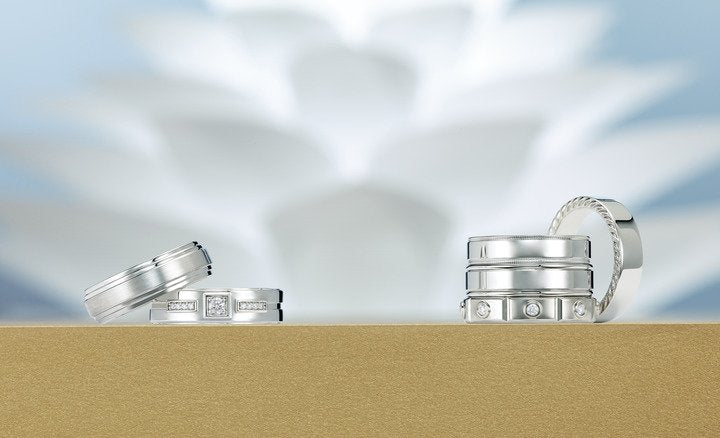
Hallmarking
Hallmarks are small stamps made on items like jewellery pieces that contain precious metals. They identify and categorise the purity of the precious metal used in any given piece. Hallmarking is one of the earliest forms of consumer protection as it provided a way to regulate precious metal content in products that could have otherwise just been base metal disguised with thin plating.
Hallmarked products usually require a certain amount of a given metal to be stamped. Items containing less than one gram of gold, less than 7.78 grams of silver or 0.5 grams of platinum do not legally require a hallmark in the UK.
Hallmarking
The Diamond Setter jewellery is hallmarked at the London Assay Office.
With all the choice available now to customers it is more important than ever to protect your purchase and ensure that it has been adequately tested and hallmarked.
